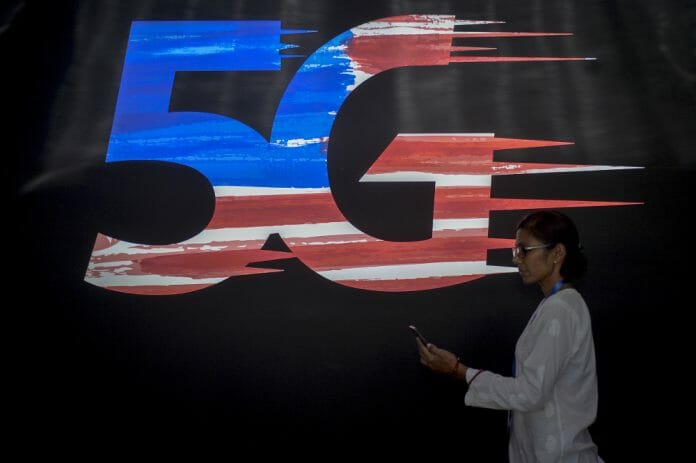Reuters yesterday reported that Malaysia may introduce a second 5G network in 2024. The second network roll-out is contingent on the nation’s 5G coverage reaching 80% of the entire population by end-2023.
Research house Kenanga says it is not totally surprised by the news given the new government’s policy shake-ups in recent months. The unity government led by Pakatan Harapan (PH) is committed to dismantling monopolies and promoting competition. Recall, the SWN model for the rollout of 5G via Digital National Berhad (DNB) has come under constant criticisms due to its monopolistic nature, which could lead to excessive pricing, and to a certain extent, lack of transparency. In 2022, DNB announced that the SWN model would cost telco operators RM30k/1Gbps/month on 5G leasing charges.
Assuming a take-up rate of 1,000 Gbps, this would ultimately cost the telcos a whopping RM360m/year to provide 5G to consumers, and they also have to pay a fixed upfront fee regardless of how far the 5G population coverage progresses – a concern to the market as dividend payments might be significantly reduced given the additional costs. The introduction of a second 5G network operator would challenge DNB’s grip on the market, spurring competition that could result in reduced 5G leasing charges, a boon to the telco operators.
The new administration has maintained consistently its stance on the telco sector and the SWN model namely: (i) rolling out the 5G expeditiously, (ii) efficient telecommunication services to enhance the consumer experience, (iii) affordability to bridge the digital divide, and (iv) breaking the monopolistic structure of the SWN model. A second 5G network will: (i) spur competition in 5G leasing costs, and ultimately lead to reduction in access prices, (ii) allow telcos to purchase 5G access on a need basis, hence eliminating upfront payment fees, and (iii) result in better margins and earnings, leading to a sustainable dividend payment as seen during before 2020.
Kenanga said it believes, a second 5G network will be positive for the telco operators (i.e. improved profitability) and consumers (i.e. competition resulting in better services, broader bandwidth, improved speed and affordability). The house also reiterates its OVERWEIGHT stance on the sector and sees a second 5G network as a bonus to the sector, if it materialises.
Sector top picks remain CDB and Maxis, Kenanga likes CDB for the following reasons; (i) it is the new market leader in the mobile market with a combined market share of 43% on the heels of the merger of Celcom and DIGI, (ii) Celcom’s key points are its network capacity with wider coverage while DIGI has in-depth coverage with an emphasis on urban areas. Celcom’s 4G and 4G+ cover 96% and 90% of the population, while DIGI’s 4G and 4G+ are at 95% and 80%, respectively, (iii) its competitive pricing and attractive bundling to attract migrant, domestic customers and the B40s, (iv) superior EBITDA margins of both DIGI and Celcom at 5ppts−6ppts above the industry average of 41%−42%, and (v) roll-out of 5G will boost its subscribers given the absence of MAXIS’ presence in this space currently.
And positive on MAXIS given: (i) its strong branding and customer loyalty, especially in the premium segment, (ii) the resilient demand for its services as it is ahead of competitors in terms of putting up new 4G towers, fiberisation of premises and upgrading of existing towers, thus boosting its B2B revenue as both corporates and SMEs continue to upgrade their digitalisation, and (iii) being non-commital to the SWN model









